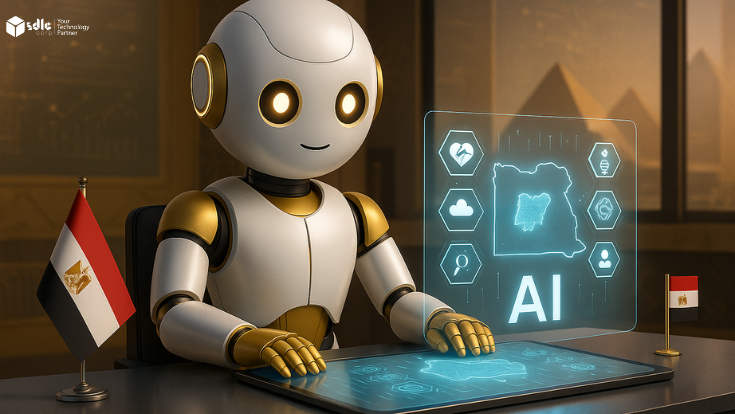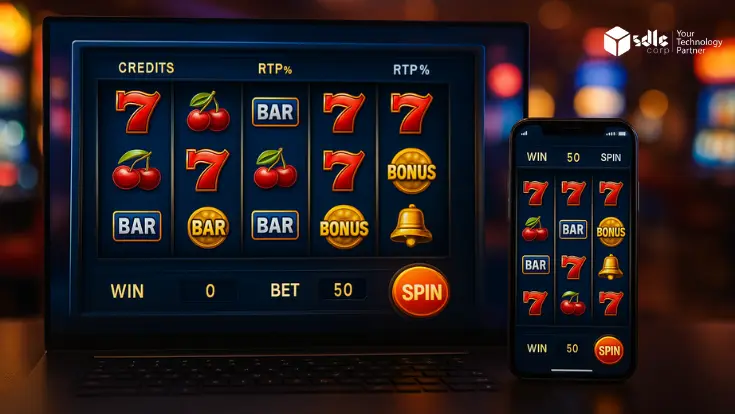The rise of blockchain technology has given birth to two groundbreaking sectors—GameFi and DeFi. While GameFi (Game Finance) integrates financial elements into gaming, DeFi (Decentralized Finance) aims to revolutionize traditional financial systems with blockchain. Together, these two industries create a powerful synergy that enhances both financial accessibility and gaming innovation.
In this blog, we will explore how GameFi and DeFi complement each other, creating a sustainable ecosystem that benefits both gamers and investors.
Understanding GameFi and DeFi
What is GameFi?
GameFi refers to the fusion of gaming and decentralized finance, allowing players to earn rewards through in-game activities. These rewards come in the form of cryptocurrencies, NFTs, or other blockchain-based assets. GameFi’s model is often “play-to-earn” (P2E), “move-to-earn,” or “create-to-earn.”
What is DeFi?
DeFi eliminates intermediaries in financial transactions, offering services such as lending, borrowing, yield farming, and staking directly on the blockchain. Unlike traditional finance, DeFi operates on smart contracts, making transactions transparent, trustless, and decentralized.
Now, let’s dive into how these two sectors enhance each other.
1. Liquidity Boost for GameFi with DeFi Protocols
One of the biggest challenges in GameFi is ensuring liquidity for in-game assets. DeFi provides liquidity pools where players and investors can stake their tokens, ensuring a seamless experience.
Example: A GameFi platform can integrate DeFi-powered liquidity pools where players deposit their gaming tokens and earn passive income.
Yield Farming: Players can stake their gaming rewards in DeFi pools, earning interest while holding their assets.
Benefits:
✅ More liquidity for in-game tokens
✅ Passive income opportunities for gamers and investors
✅ More robust GameFi economies
2. GameFi as a Use Case for DeFi Assets
DeFi often lacks engaging use cases outside of financial transactions. GameFi provides a fun and interactive way to use DeFi assets.
NFT Lending/Borrowing: DeFi platforms allow users to borrow gaming NFTs and repay with interest.
Gaming Token Utility: DeFi projects can partner with GameFi platforms, allowing their tokens to be used in games.
Benefits:
✅ More utility for DeFi assets
✅ Better adoption of DeFi through gaming
✅ Cross-platform financial opportunities
3. Play-to-Earn Meets Staking and Yield Farming
Many GameFi projects integrate staking mechanisms where players stake their gaming rewards into DeFi protocols to earn additional returns.
Example: Players in a blockchain-based RPG game can stake their earned tokens in a DeFi protocol to receive governance voting power or passive rewards.
Dual Earnings: Players not only earn through gaming but also through DeFi staking incentives.
Benefits:
✅ Encourages long-term participation
✅ Additional earnings for players
✅ Higher liquidity in both ecosystems
4. Governance and DAOs in GameFi & DeFi
Both GameFi and DeFi utilize Decentralized Autonomous Organizations (DAOs) for governance. Players and investors can participate in voting on in-game policies and DeFi governance, ensuring a community-driven approach.
Example: A GameFi project might allow NFT holders to vote on upcoming game features, similar to how DeFi DAOs vote on protocol changes.
Benefits:
✅ Decentralized decision-making
✅ More power to users and gamers
✅ Better community engagement
5. Cross-Platform Collaboration: NFT & DeFi Integration
The NFT sector is a crucial component of both GameFi and DeFi. NFTs can be used as collateral in DeFi lending protocols, while also acting as exclusive gaming assets in GameFi.
Example: A player can use an NFT character as collateral for a loan on a DeFi platform and later use that NFT to play in a GameFi ecosystem.
Rental NFT Markets: Players who own rare NFTs can lend them to other players using DeFi smart contracts.
Benefits:
✅ More value for NFT assets
✅ New financial opportunities for gamers
✅ Bridges the gap between DeFi and gaming
Future Outlook: The Rise of GameFi x DeFi Ecosystems
The integration of DeFi into GameFi will revolutionize gaming economies by making them more sustainable, decentralized, and player-centric. With major blockchain projects exploring this convergence, we can expect:
More DeFi-powered GameFi platforms
Greater adoption of staking, lending, and borrowing in games
Cross-chain interoperability for GameFi-DeFi assets
Conclusion
The intersection of GameFi and DeFi is reshaping the digital economy, offering financial empowerment to gamers while providing new opportunities for DeFi enthusiasts. As both industries continue to evolve, their synergy will unlock a new era of blockchain-powered gaming and decentralized finance.
If you’re looking to build the next big thing in this space, check out our Blockchain Game Development Services to bring your vision to life.
🔥 Are you ready to explore the future of gaming and finance? The GameFi x DeFi revolution is just getting started!



